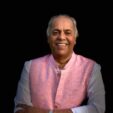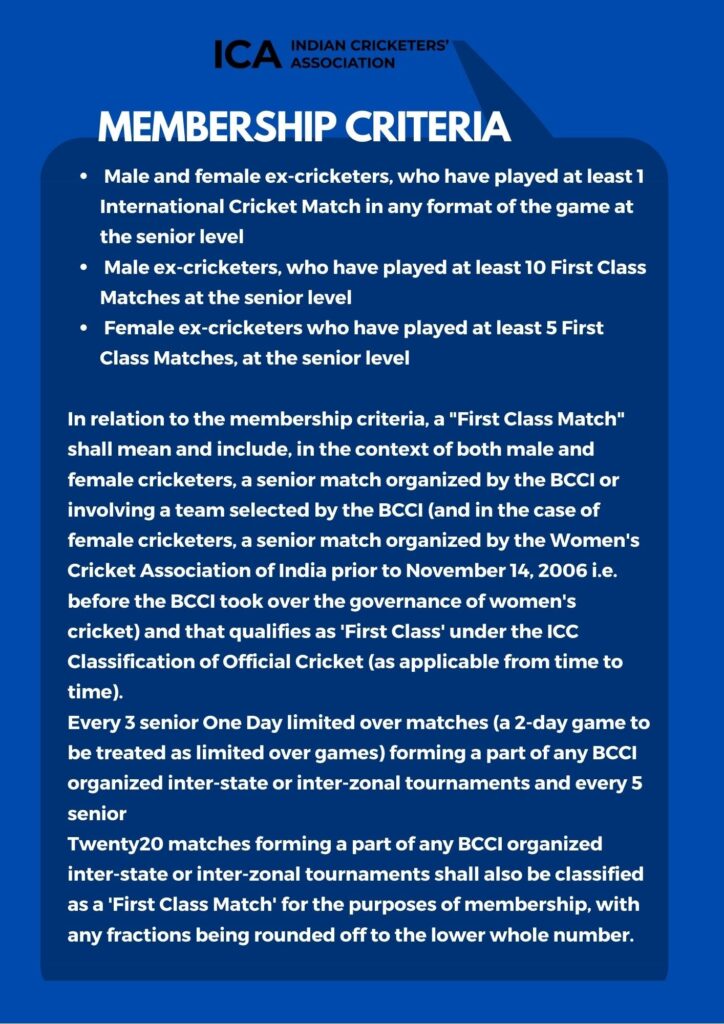CRICKET HAS TRULY MELLOWED FOR THE BETTER

By: Yajurvindra Singh
Email: sunnybilkha@hotmail.com
May 26, 2023: A week ago, at the launch of Aunshuman Gaekwad’s book, one truly understood how cricket has mellowed over the years.
The biography is titled “Guts amidst Bloodbath”, referring to an occurrence that many cricketers had to face to play the game in the past. “Stand up and be a man” was a comforting retort when one got hit by the hard red cherry, the cricket ball.
India’s first Test captain, C.K. Nayudu, had a few of his teeth broken by a fast delivery while batting in an important match, and after gargling, he continued to play his innings. He was an Army man, who believed in never giving in even an inch to his opponents or showing discomfort. This was considered to be the epitome of behavior that one displayed if one wanted to play the game.
Similarly, Aunshuman Gaekwad, when hit by a short delivery off Michael Holding directly on his ear while batting on 81 at Kingston, Jamaica in 1976, was coaxed to retire hurt, even though, like a brave Maratha soldier, he refused to leave. The hit on his ear was the final blow, culminating in a barrage of short bowling by the West Indian pace attack, making its mark on several parts of his body. The brave Indian opener still suffers from the aftereffects of the blow but looks at the bloodbath then as a part and parcel of the game.
The history of cricket has many such incidents and bravery of players who have withstood pain, and broken bones and yet stood up to conquer it all through sheer willpower.
Guts were what one required then to play cricket without the protection that present-day cricketers are privileged to have. The game of cricket has gone through a major change since those days, it was not a game for the faint-hearted. Looking back, one may call the battle between the bat and the ball a tussle of foolishness. The reason was that the batter was risking his life playing a sport that did not necessarily need him to get maimed or marred or lose his life.
Life is precious and fortunately, the new laws of cricket have taken a serious view on making the sport as safe as possible. The adrenalin that flows through one’s veins in one’s youth somehow overpowers any negative thoughts and calamities which may arise while playing a sport.
A person is willing to do daredevil feats at that age. Recollecting my experience at fielding at forward short-leg without any protection in my cricket playing days, the hits that I encountered at the suicidal position, make me shudder to think as to how I came through it all alive.
This takes one back to the critics and connoisseurs of the game of cricket, debating, questioning, and arguing or comparing cricketers and their performances over the years.
Foolish thoughts, especially when the conditions, regulations, and attitudes have altered over the years.
The barrage of bouncers and beamers that were faced by Sunil Gavaskar, Aunshuman Gaekwad, and the other batters of the 1976 Indian team at Kingston, will never be understood by the youngsters of today.
When the Indian team returned after this savage display of aggressive bowling, the diaspora saw them as players who lacked the skill and the heart to tackle it. England, thereafter, faced the same medicine of short balls and all hell broke loose.
England under Douglas Jardine in 1932 employed the same strategy against Australia. The famous Bodyline series as it was called brought in restrictions of only two fielders who were allowed behind the popping crease on the leg side. The bruised and battered English side of 1976, 44 years later, pleaded for restricting the number of short-pitch deliveries and succeeded in doing so. The beamer became unacceptable and the root of caring about the safety of the batter came to roost.
The most interesting outcome, when players encounter the fierce and fiery, was that cricketers even after their furious tussles, respected each other and remained friends. The banter and laughter, thereafter, made one love the game even more.
Unlike the cricketers of the past, cricket and cricketers of the present have mellowed on the field. One can see such camaraderie amongst not only the Indian players but also their international counterparts. The Indian Premier League (IPL) has been a great platform for bringing players together.
The IPL’23 has moved to the home stretch with Chennai Super Kings, under the astute leadership of Mahendra Singh Dhoni, having already consolidated their place in the final. Mumbai Indians and Gujarat Titans will play against each other for one of them to take the other spot. Predicting a winner is still difficult, with each of these teams playing superlatively to be there.
The IPL’23 is already a resounding success. India has unearthed some exciting young talented cricketers. The international players have had the opportunity to play on the Indian tracks and experience the Indian conditions. This will benefit them when they come in October to play the World Cup which is being held in India.
Cricket is becoming a far more pleasant game. There seems to be an air of friendship and bonhomie that never existed before.
With protection and rules to safeguard a player, the words such as “Guts” and “Bloodbath” have gradually become obsolete.
Cricket has mellowed for the better.
(Yajurvindra Singh is a former Test cricketer. Views expressed are personal.)

